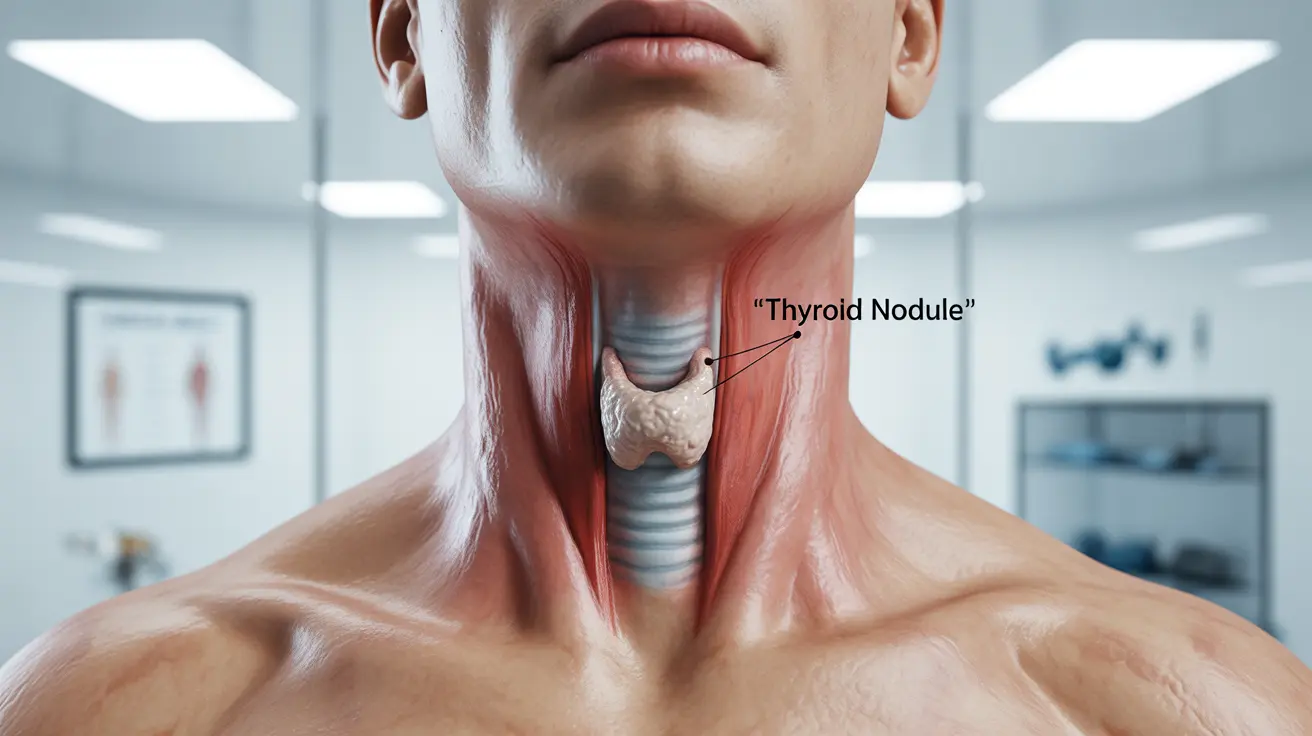Thyroid cancer affects women at a higher rate than men, making it crucial for females to understand the early warning signs and symptoms of this condition. While thyroid cancer is generally treatable when caught early, recognizing potential symptoms and seeking timely medical attention can significantly impact treatment outcomes.
This comprehensive guide will help you understand the key symptoms to watch for, risk factors specific to women, and when to seek medical evaluation for thyroid concerns.
Common Signs and Symptoms of Thyroid Cancer in Women
Thyroid cancer often presents with several distinctive symptoms that women should be aware of:
- A noticeable lump or swelling in the neck
- Persistent throat discomfort or pain
- Difficulty swallowing
- Changes in voice, including unusual hoarseness
- Chronic cough not related to a cold
- Neck pain that may radiate to the ears
Understanding Neck Lumps and Thyroid Nodules
The most common initial sign of thyroid cancer is a lump or nodule in the neck area. These lumps are often painless and may be discovered during routine self-examination or by healthcare providers during checkups. Not all thyroid nodules are cancerous, but certain characteristics may indicate a higher risk:
- Firm or hard texture
- Fixed position (doesn't move easily when touched)
- Rapid growth
- Asymmetry compared to the other side of the neck
Risk Factors Specific to Women
Several factors can increase a woman's risk of developing thyroid cancer:
- Being between the ages of 25 and 65
- Family history of thyroid cancer or thyroid conditions
- Previous exposure to radiation, particularly to the head and neck area
- Certain genetic conditions
- Having gone through pregnancy
- History of goiter or other thyroid conditions
Diagnostic Process and Early Detection
When thyroid cancer is suspected, healthcare providers typically follow a systematic approach to diagnosis:
Physical Examination
The initial evaluation includes a thorough neck examination, checking for:
- Visible or palpable lumps
- Lymph node enlargement
- Neck tenderness
- Voice quality assessment
Diagnostic Tests
Several tests may be used to confirm a diagnosis:
- Ultrasound imaging
- Fine-needle aspiration biopsy
- Blood tests to check thyroid function
- CT or MRI scans when needed
- Thyroid scan in specific cases
Frequently Asked Questions
What are the early signs and symptoms of thyroid cancer in females?
Early signs include a visible neck lump, difficulty swallowing, voice changes, and persistent neck pain or discomfort. Some women may also experience unexplained coughing or throat irritation.
How can I tell if a lump on my neck is related to thyroid cancer?
While only a medical professional can definitively diagnose thyroid cancer, concerning characteristics include a firm, fixed lump that grows over time, doesn't move easily when touched, and may be accompanied by other symptoms like voice changes or swallowing difficulties.
When should a woman see a doctor about changes in voice or difficulty swallowing?
Women should consult a healthcare provider if voice changes or swallowing difficulties persist for more than two weeks, especially if accompanied by a visible neck lump or throat discomfort.
What risk factors increase the chance of thyroid cancer in women?
Key risk factors include being female, age (particularly between 25-65), family history of thyroid conditions, previous radiation exposure to the head or neck, and certain genetic conditions.
How is thyroid cancer diagnosed and what tests are used to detect it early?
Diagnosis typically involves physical examination, ultrasound imaging, fine-needle aspiration biopsy, blood tests, and sometimes additional imaging studies like CT or MRI scans. The specific combination of tests depends on individual symptoms and risk factors.




